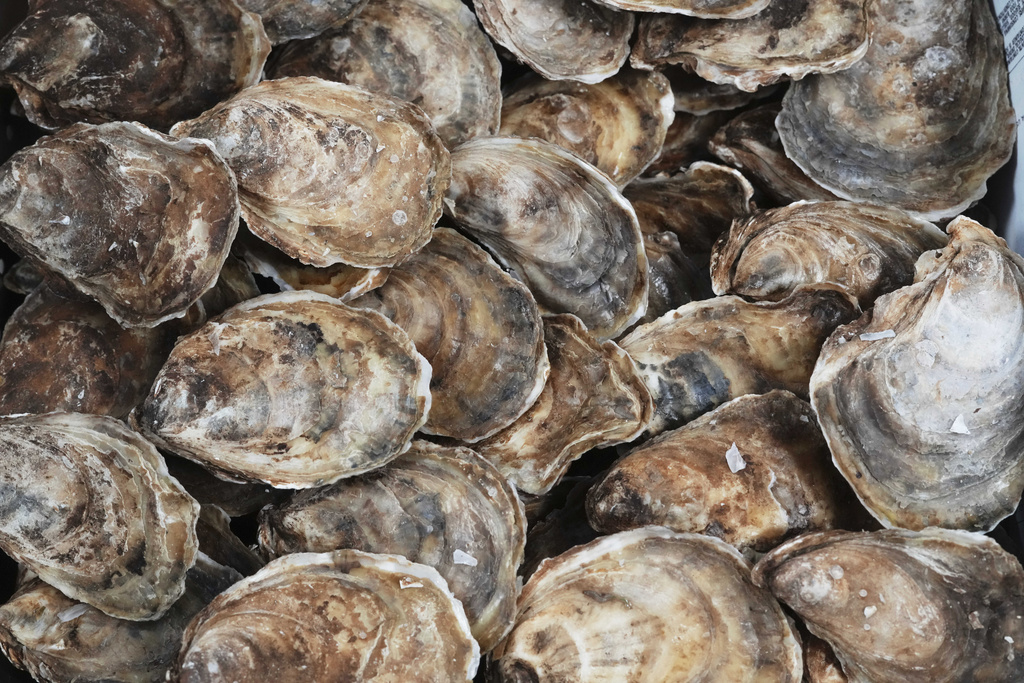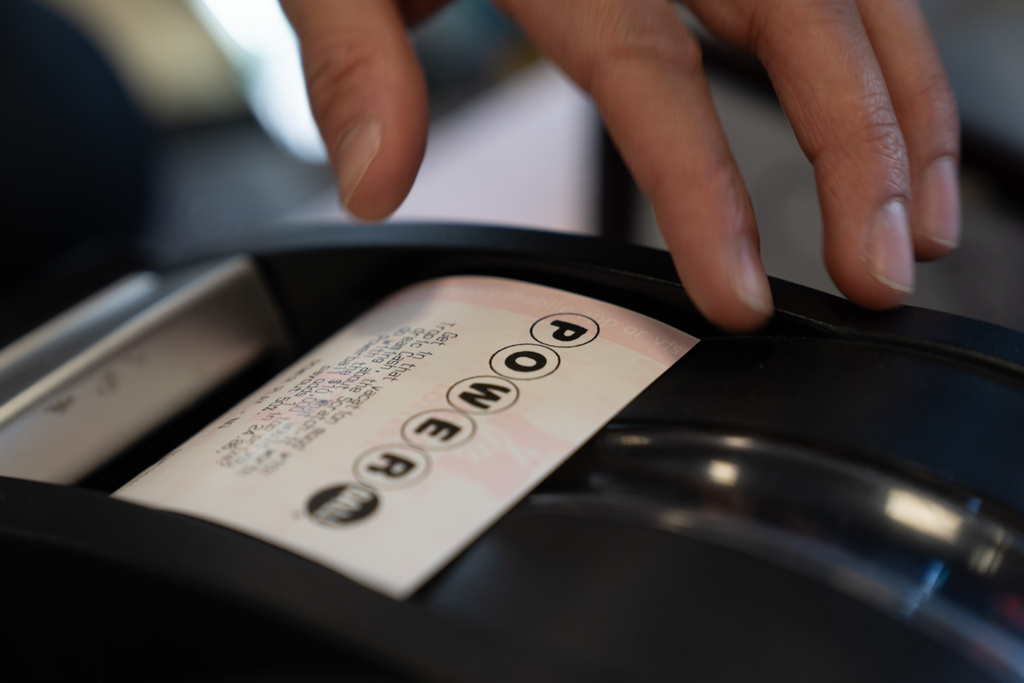It's been a long time since the step-saving kitchen was introduced in 1949, and this year's Consumer Electronics Show is evidence the future of food is likely to see even more changes in the next couple decades — from the way it's grown, harvested, bought and prepared.
"Food is essential," said Markus Buck, CookingPal co-founder. "Over the last two years, everybody has spent more time at home and has taken more consideration about lifestyle and eating habits, and hence, I think food tech has come into the spotlight."
Want to make life easier in the kitchen and reduce clutter? Meet Multo.
 Newsy
Newsy
"It basically takes all the hassle away," Buck said. "You can walk away from the kitchen, and it will notify you when dinner is ready."
The machine retails for around $1,000 and has more than 15 cooking functions — from weighing, chopping, sautéing and even cleaning itself once food prep is done. It can even help a person decide what to make.
Or, what if it was possible to store fresh food long-term without actually freezing it? Evercase uses electric and magnetic fields to stop ice crystals from forming below 32 degrees Fahrenheit. That means meat, cheese, pastries and even flowers can be preserved without any damage from freezing.
Then there's Cruz, which is advertised as the most powerful portable blender on the market.
 Newsy
Newsy
But the food tech at CES doesn't stop in the kitchen. One machine from OneThird that uses light to analyze the inside of a fruit could be in grocery stores soon, helping shoppers buy the perfect avocado without having to squeeze it.
"We found out that 1/3 of food is wasted; that's why we why we are called OneThird," said Marco Snikkers, OneThird CEO. "By building a database of lots and lots of avocados at different stages, we are now able to recognize each avocado and know when it's ready to eat or whether you have to wait a few days."
 Newsy
Newsy
The company has a similar device for growers to test produce like strawberries before they ship so that they don't go to waste somewhere along the supply chain.
Before food even gets to the store shelves, other new innovations can help production of the food itself. A robot from Meropy looks for weeds so they can be treated with precision instead of overspraying herbicides on an entire field.
 Newsy
Newsy
"It resists all weather conditions, thanks to its wheels, and it doesn't damage the crops," said Meropy's Olena Dobrovolska.
John Deere has a similar product that can see, identify and spray a weed the size of a cell phone camera.
The company's CEO John May gave a keynote speech Thursday to preview how tech will help feed our growing global population, which is expected to reach 10 billion by 2050.
"Technology allows farmers to create more with fewer resources," May said. "More people, less land — the math doesn't work. That is the big picture, and that is why I'm standing on this stage today."
John Deere also unveiled exact shot technology to make starter fertilizer more efficient.
With sustainability top of mind, expect to see more protein and dairy alternatives on the market. One vegan milk alternative company, Nuldam, says its product provides better nutritional and environmental value than cow's milk, and that it looks, tastes and smells the same.

Are Flying Cars Closer To Reality? This Prototype May Help
Flying cars — a long-envisioned but elusive concept — are closer to taking flight. But the launch of a prototype at CES was unexpectedly delayed.











